Home>Maintenance & Safety>Home Maintenance Checklists>How Big Is A 96 Gallon Trash Can
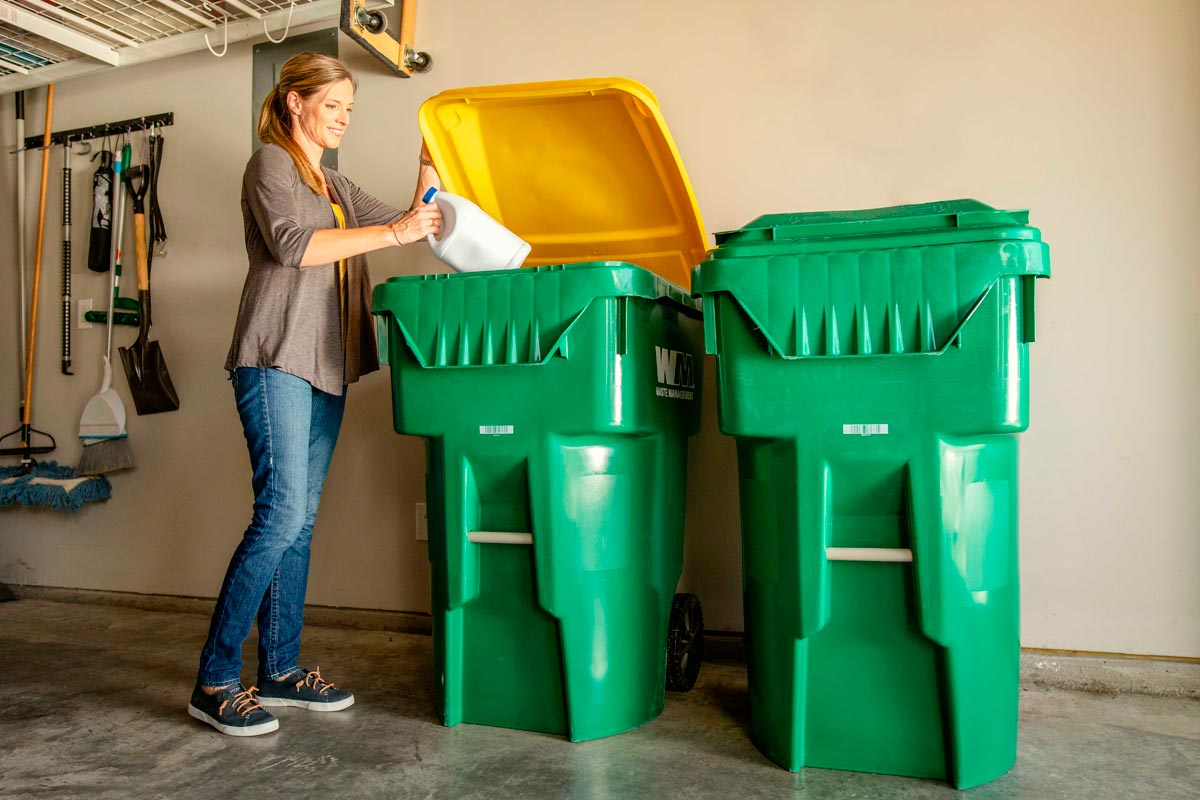

Home Maintenance Checklists
How Big Is A 96 Gallon Trash Can
Modified: February 18, 2024
Learn about the dimensions and capacity of a 96-gallon trash can for effective home maintenance. Find out if it's the right fit for your home maintenance checklists.
(Many of the links in this article redirect to a specific reviewed product. Your purchase of these products through affiliate links helps to generate commission for Storables.com, at no extra cost. Learn more)
Introduction
When it comes to managing household waste, having the right trash can size is crucial. It ensures that you have sufficient capacity to accommodate your garbage while also considering practical aspects such as ease of use and storage. One popular option that many homeowners consider is the 96-gallon trash can. This sizable container offers ample space for disposing of household waste, making it a convenient choice for many families.
In this article, we will delve into the dimensions, advantages, and disadvantages of a 96-gallon trash can to provide you with a comprehensive understanding of its suitability for your home. Whether you are contemplating purchasing a new trash can or seeking insights into the practicality of this particular size, this guide will equip you with the knowledge needed to make an informed decision. Let's explore the dimensions and features of the 96-gallon trash can to determine if it's the right fit for your waste management needs.
Key Takeaways:
- The 96-gallon trash can is a spacious and convenient option for large households, offering ample capacity, curbside collection convenience, and versatility in handling bulky items.
- However, homeowners should consider potential drawbacks such as space requirements, weight when full, and suitability for smaller households before opting for a 96-gallon trash can.
Understanding Gallons
Before delving into the specifics of a 96-gallon trash can, it’s important to understand the concept of gallons and how it relates to waste management. In the context of trash cans, the term “gallons” refers to the volume or capacity of the container, indicating how much waste it can hold. This measurement is crucial for determining the appropriate size of a trash can based on the amount of household waste generated.
For many homeowners, the volume of a trash can is a key consideration, as it directly impacts the frequency of emptying and the overall convenience of waste disposal. Larger gallon sizes, such as the 96-gallon trash can, are often favored for households that produce a significant amount of waste on a regular basis, such as those with multiple occupants or extensive disposal needs.
Understanding the concept of gallons allows homeowners to make informed decisions when selecting a trash can, ensuring that it aligns with their specific waste management requirements. Whether it’s factoring in the frequency of waste collection or accommodating the disposal of bulky items, the gallon capacity plays a pivotal role in optimizing the efficiency of household waste management.
Standard Trash Can Sizes
Trash cans come in a variety of sizes to cater to the diverse needs of households and businesses. Understanding the standard sizes available in the market can help individuals make informed choices based on their specific waste disposal requirements. Here are the common trash can sizes:
- 20 to 35 Gallons: These smaller-sized trash cans are suitable for single individuals or small households with minimal waste generation. They are often used in bathrooms, home offices, or as supplementary bins in various rooms.
- 64 Gallons: A mid-sized option, the 64-gallon trash can is popular among small to medium-sized households. It provides ample capacity for regular waste disposal and is often used for curbside collection.
- 96 Gallons: The 96-gallon trash can is a larger option designed to accommodate the needs of larger households, families, or properties with substantial waste output. It is ideal for handling a high volume of trash and is commonly used for curbside collection in residential areas.
These standard trash can sizes offer a range of options to suit different waste management needs, allowing individuals to select a size that aligns with the amount of waste generated and the frequency of waste collection in their specific environment.
96 Gallon Trash Can Dimensions
The 96-gallon trash can is known for its generous capacity, making it a popular choice for households with substantial waste disposal needs. Understanding its dimensions is essential for assessing its suitability and ensuring that it can be accommodated in the intended storage or collection area.
Typically, a standard 96-gallon trash can measures approximately 46 inches in height, 26 inches in width, and 34 inches in depth. These dimensions provide ample space for accommodating a significant volume of household waste, making it an ideal choice for families, properties with multiple occupants, or locations with high waste output.
It’s important to consider the dimensions of the 96-gallon trash can when planning for its placement and storage. Whether it’s situated in a garage, outdoor storage area, or designated waste collection spot, ensuring that there is adequate space for the trash can is essential for convenient use and accessibility.
Moreover, being aware of the dimensions allows homeowners to assess whether the 96-gallon trash can can be maneuvered through doorways, gates, or other entry points to reach its designated location. This practical consideration ensures that the trash can can be easily transported and positioned without encountering space constraints.
By understanding the dimensions of the 96-gallon trash can, individuals can make informed decisions regarding its placement, storage, and overall compatibility with their waste management needs, ultimately optimizing the efficiency of their waste disposal practices.
A 96-gallon trash can typically measures 30 inches wide, 36 inches high, and 36 inches deep. Make sure to check the dimensions before purchasing to ensure it fits your space.
Advantages of a 96 Gallon Trash Can
Opting for a 96-gallon trash can offers several advantages that cater to the waste disposal needs of larger households and properties with substantial waste output. Understanding these benefits can help homeowners assess whether this size is the right fit for their waste management requirements:
- Ample Capacity: The primary advantage of a 96-gallon trash can is its generous capacity, providing ample space to accommodate a significant volume of household waste. This is particularly beneficial for larger families, properties with multiple occupants, or locations with high waste output, as it reduces the frequency of emptying and ensures that the trash can can handle substantial amounts of garbage.
- Curbside Collection Convenience: Many municipalities and waste management services provide curbside collection for 96-gallon trash cans, making it a convenient option for homeowners. The larger size allows for efficient disposal of household waste without the need for frequent trips to disposal sites, enhancing the overall convenience of waste management.
- Bulky Item Disposal: The spacious interior of a 96-gallon trash can accommodates bulky items and oversized waste, offering flexibility in disposing of larger items such as packaging materials, broken household items, or yard debris. This versatility is advantageous for households that regularly generate a mix of standard and bulkier waste.
- Reduced Odor and Pest Concerns: The larger size of the trash can allows for proper containment of waste, reducing the likelihood of odors and deterring pests. This is particularly beneficial for households that produce a substantial amount of organic waste, as the ample capacity minimizes the risk of unpleasant odors and pest infestations.
- Environmental Impact: By opting for a larger trash can, homeowners can contribute to sustainable waste management practices. The increased capacity reduces the need for additional smaller containers, promoting efficient waste disposal and potentially minimizing the environmental impact of waste collection and transportation.
These advantages highlight the practicality and efficiency of a 96-gallon trash can, making it a favorable choice for households seeking a convenient and accommodating solution for their waste disposal needs.
Disadvantages of a 96 Gallon Trash Can
While a 96-gallon trash can offers numerous advantages, it’s important to consider potential drawbacks that may impact its suitability for certain households. Understanding these disadvantages can provide homeowners with a comprehensive perspective when evaluating the appropriateness of this larger trash can size:
- Space Requirements: One of the primary disadvantages of a 96-gallon trash can is its substantial size, which may pose challenges in terms of storage and placement. Homes with limited outdoor or garage space may find it difficult to accommodate the large container, potentially leading to inconvenience and space constraints.
- Weight When Full: The increased capacity of a 96-gallon trash can also means that it can become quite heavy when filled with waste. Maneuvering and transporting a full container, particularly for curbside collection, may prove challenging for some individuals, especially those with physical limitations.
- Overwhelming for Smaller Households: For households with minimal waste output, a 96-gallon trash can may be excessive, leading to infrequent filling and a prolonged duration between emptying. This can result in the accumulation of waste and potential odor concerns, making the larger size impractical for smaller households.
- Visual Impact: The size and presence of a 96-gallon trash can can have visual implications, especially in residential areas with specific aesthetic standards or community guidelines. Some homeowners associations or local regulations may have restrictions on the visible placement of large trash containers, potentially impacting the suitability of a 96-gallon can.
- Collection Frequency: In areas where waste collection services have limitations on the size or weight of trash containers, a 96-gallon can may necessitate adherence to specific collection schedules or incur additional fees. This can pose challenges for homeowners seeking flexibility in waste disposal practices.
Considering these potential disadvantages allows homeowners to weigh the practical implications of a 96-gallon trash can and determine whether it aligns with their specific waste management needs and logistical considerations.
Conclusion
Choosing the right trash can size is a pivotal decision for homeowners seeking efficient waste management solutions. The 96-gallon trash can, with its generous capacity and practical advantages, presents a compelling option for households with substantial waste disposal needs. Its ample space, curbside collection convenience, and versatility in handling bulky items make it a favorable choice for many families and properties.
However, it’s essential to carefully consider the potential drawbacks of a 96-gallon trash can, such as space requirements, weight when full, and suitability for smaller households. Evaluating these factors enables homeowners to make informed decisions based on their specific waste management requirements, available storage space, and logistical considerations.
Ultimately, the suitability of a 96-gallon trash can hinges on its alignment with the unique needs and circumstances of each household. By weighing the advantages and disadvantages, homeowners can determine whether this larger trash can size is the optimal solution for their waste disposal practices.
Whether it’s accommodating the needs of a large family, streamlining waste disposal processes, or adhering to local waste management regulations, the 96-gallon trash can offers a balance of practical benefits and considerations. Armed with a comprehensive understanding of its dimensions, advantages, and potential drawbacks, homeowners can make informed choices to enhance the efficiency and convenience of their waste management endeavors.
Frequently Asked Questions about How Big Is A 96 Gallon Trash Can
Was this page helpful?
At Storables.com, we guarantee accurate and reliable information. Our content, validated by Expert Board Contributors, is crafted following stringent Editorial Policies. We're committed to providing you with well-researched, expert-backed insights for all your informational needs.
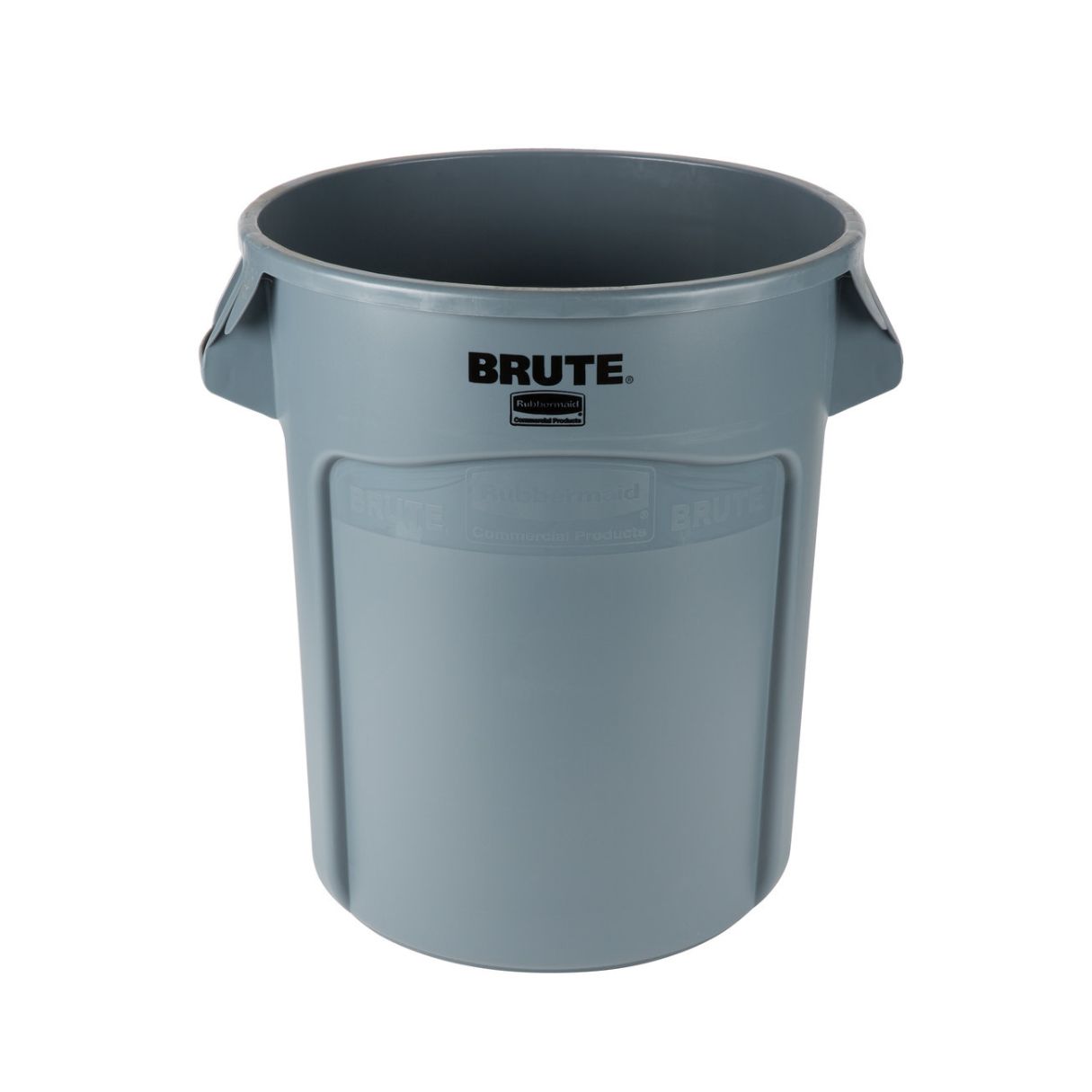
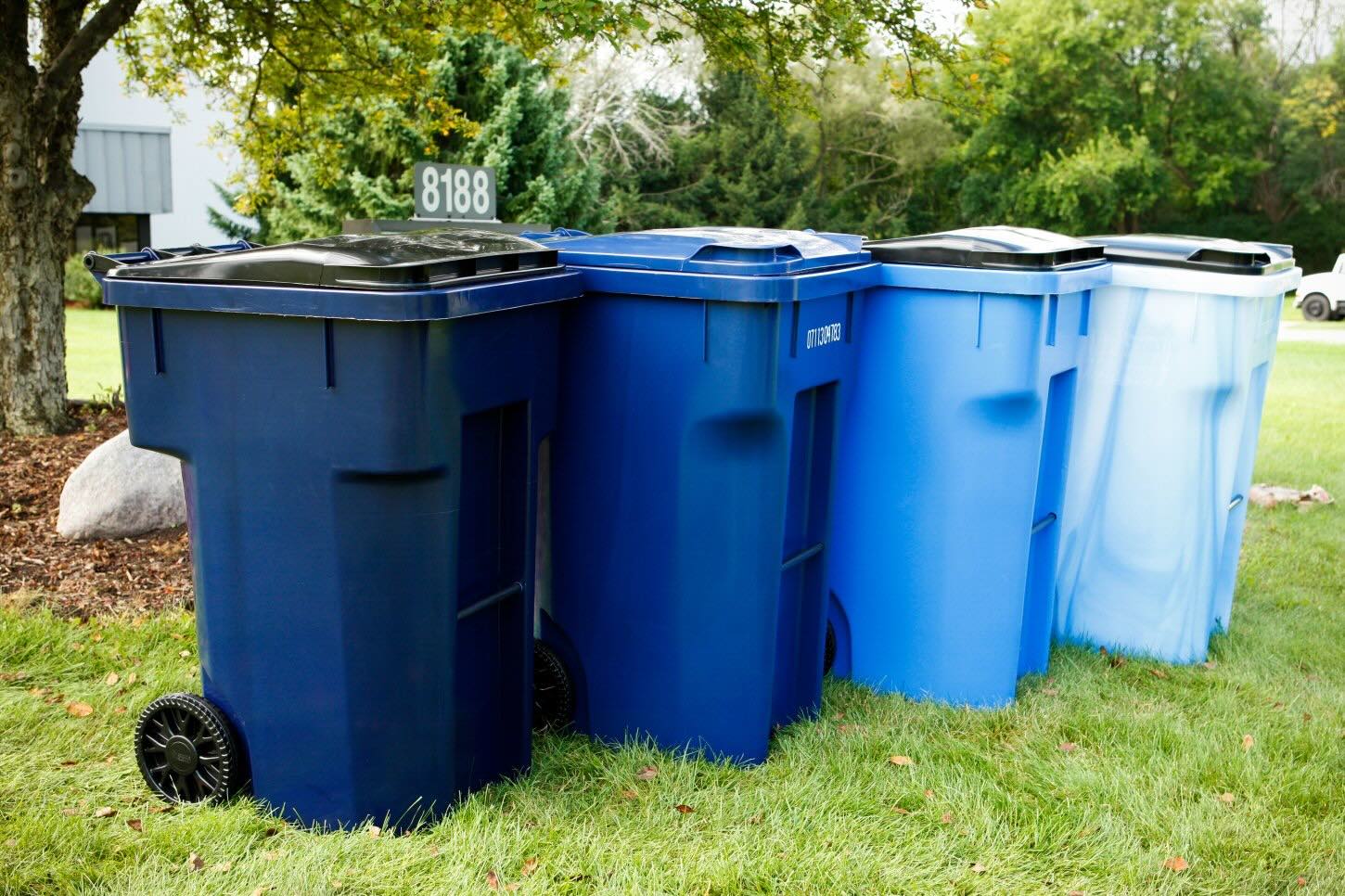
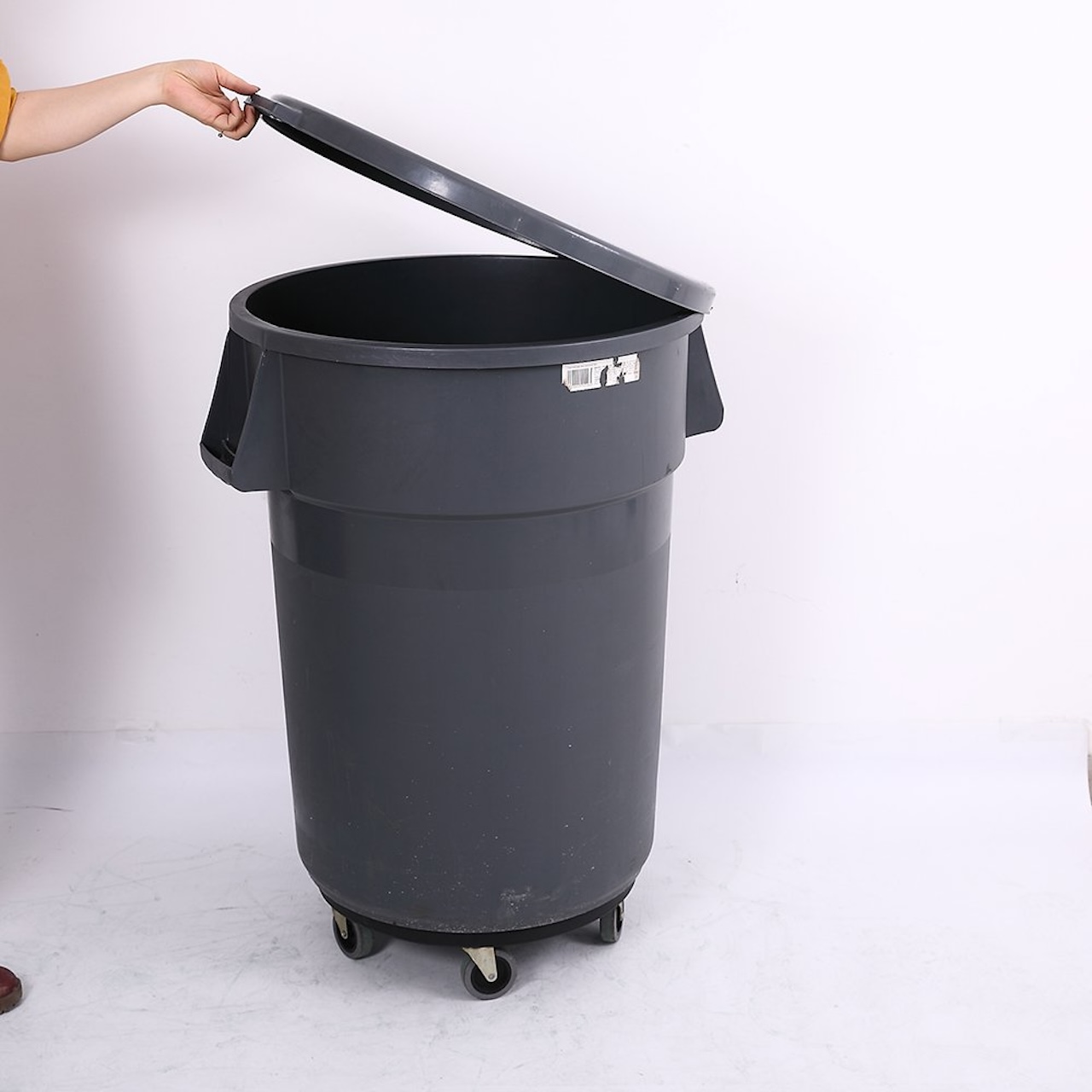
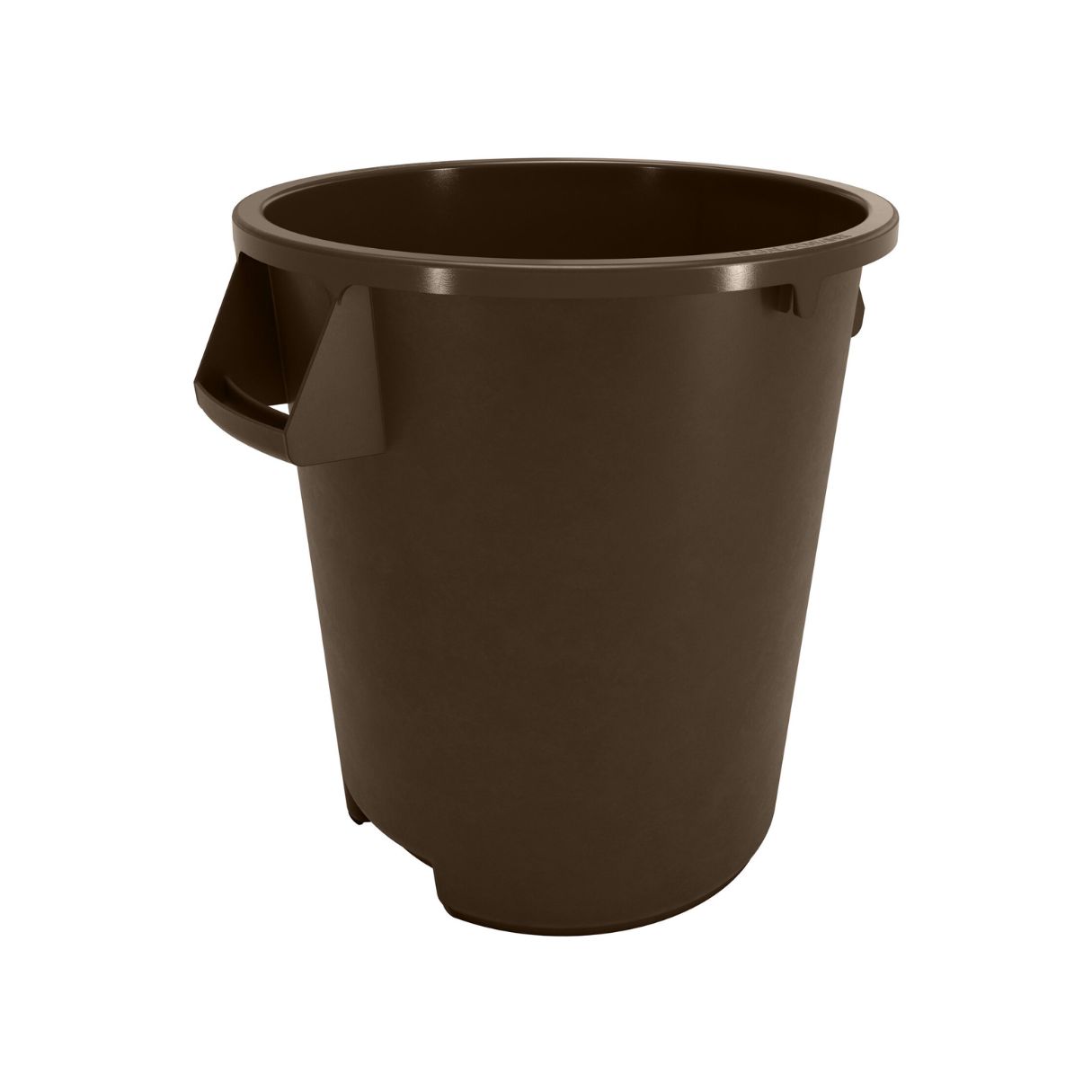
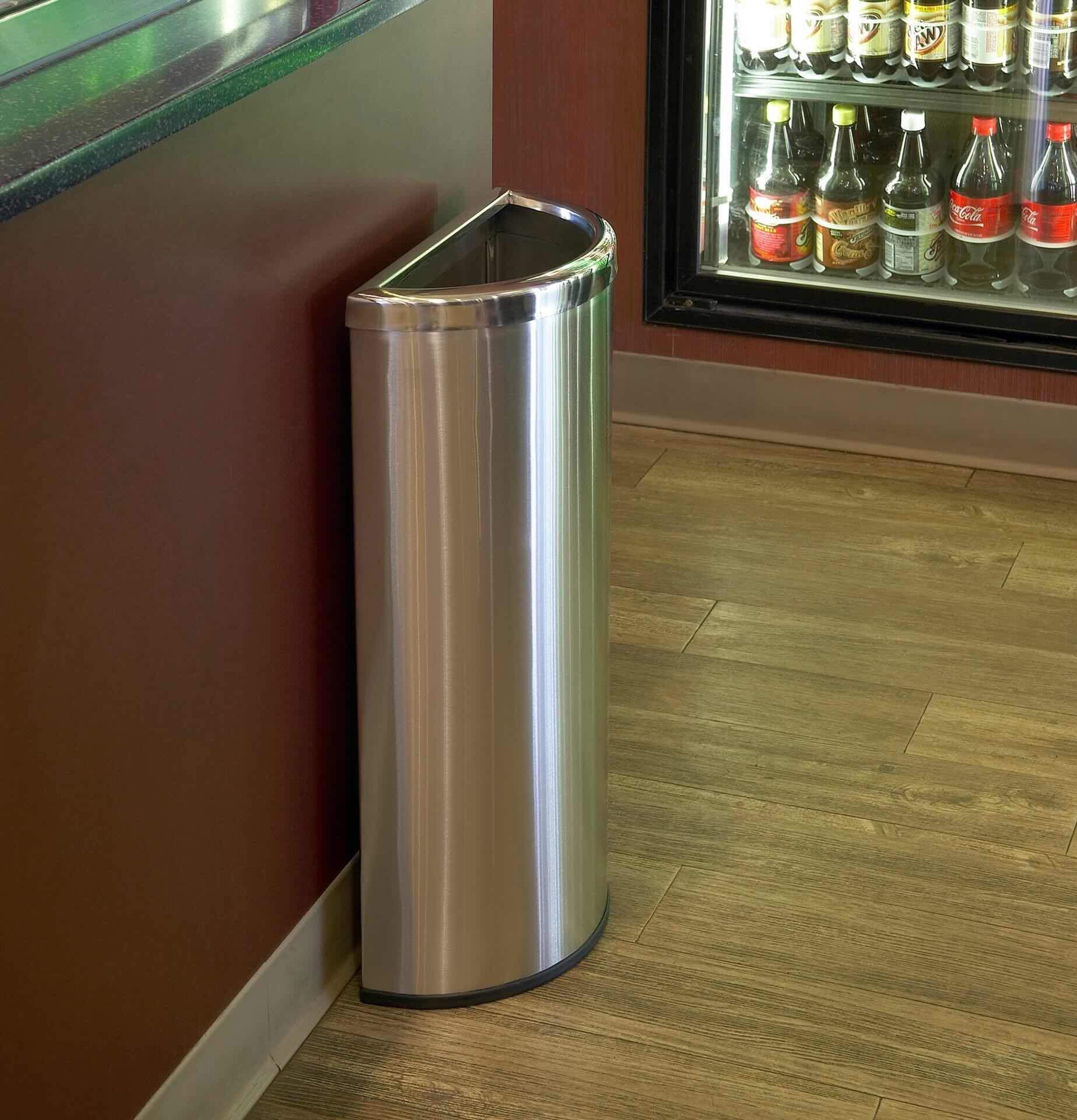
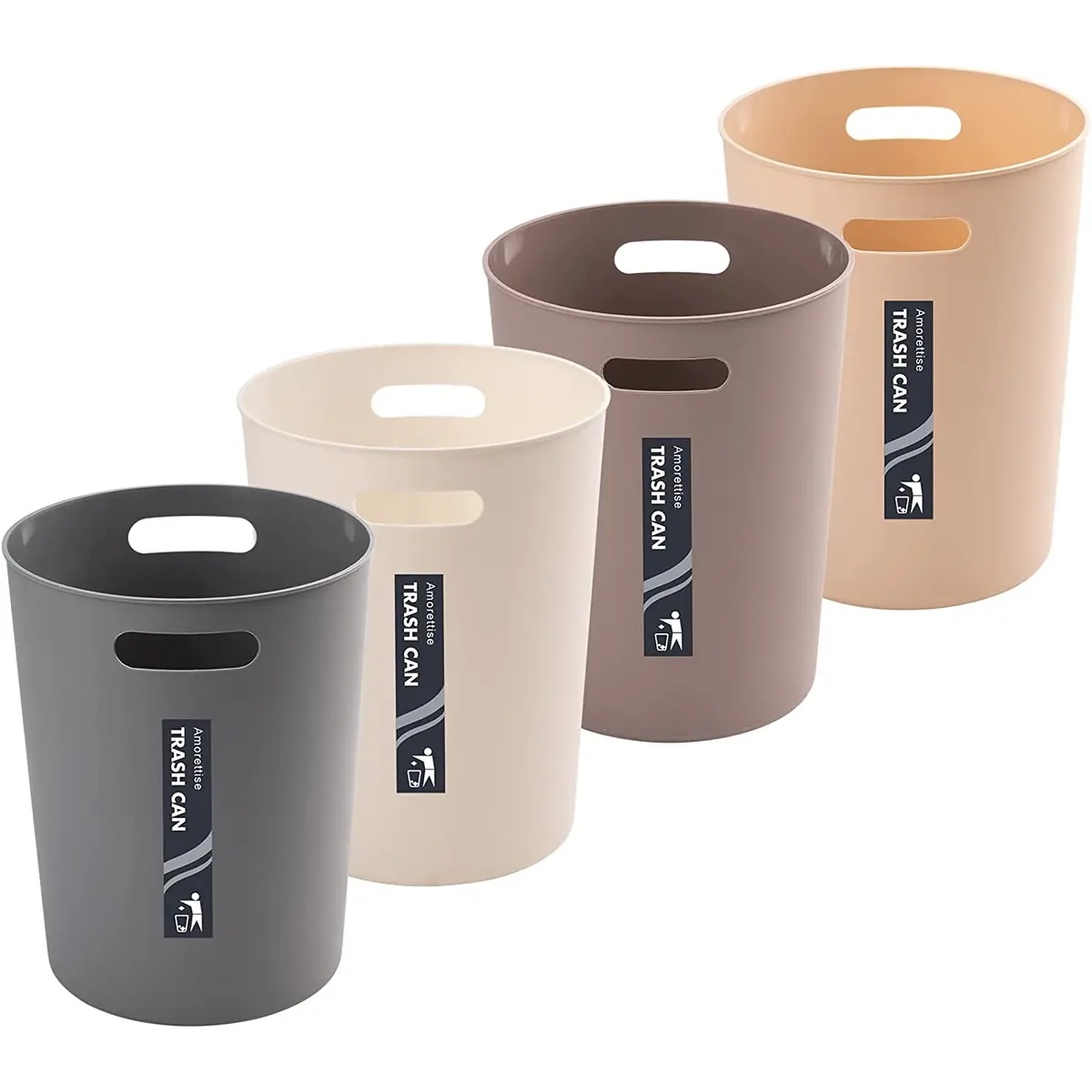
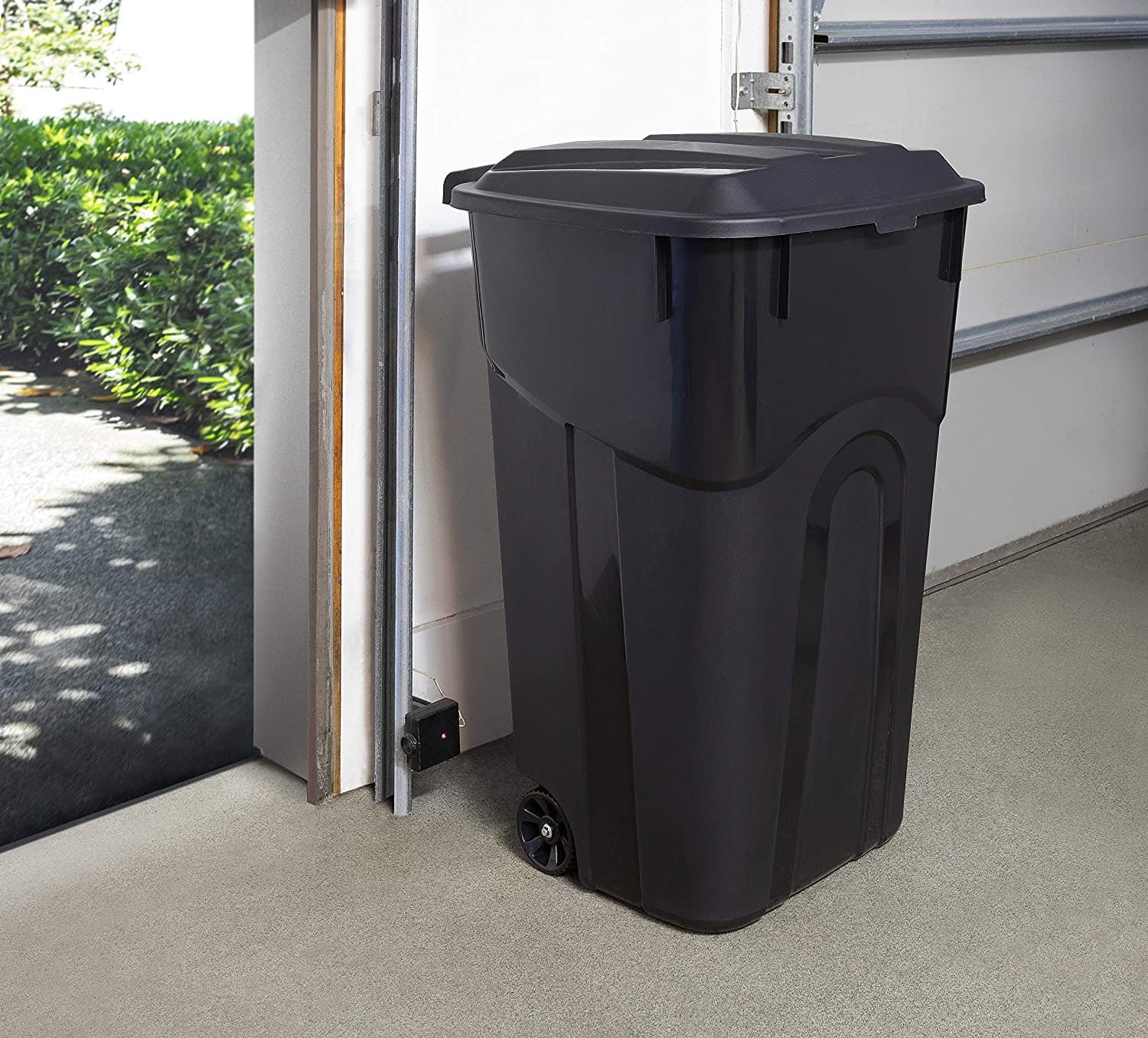
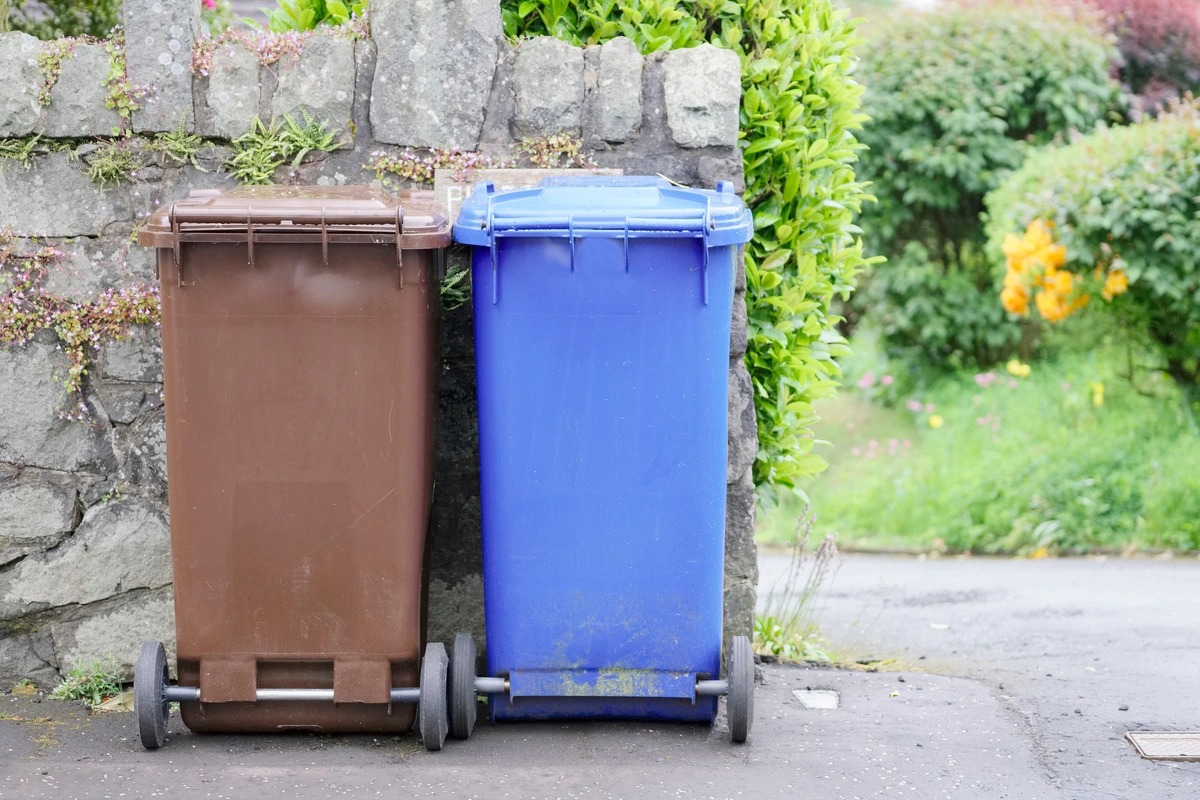
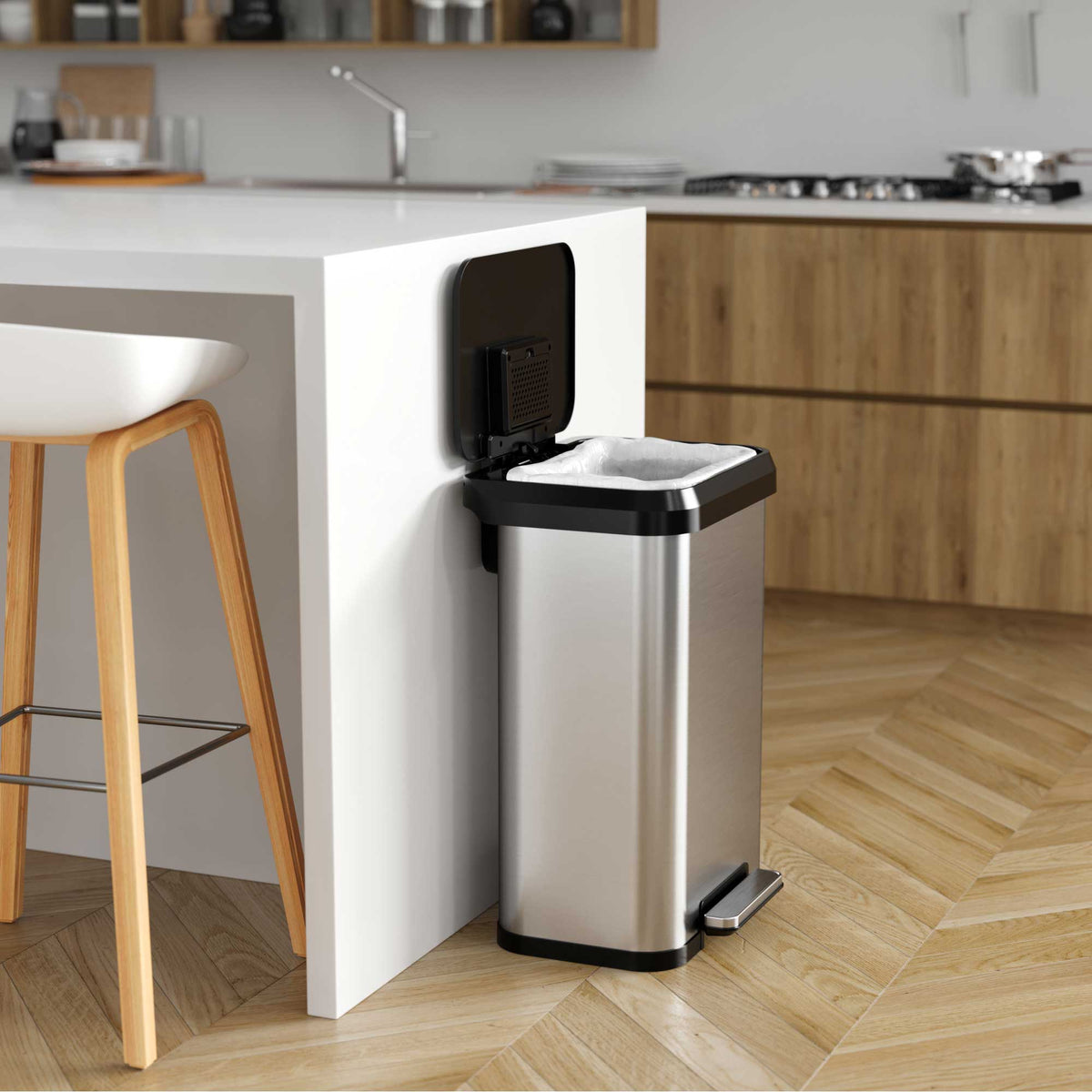
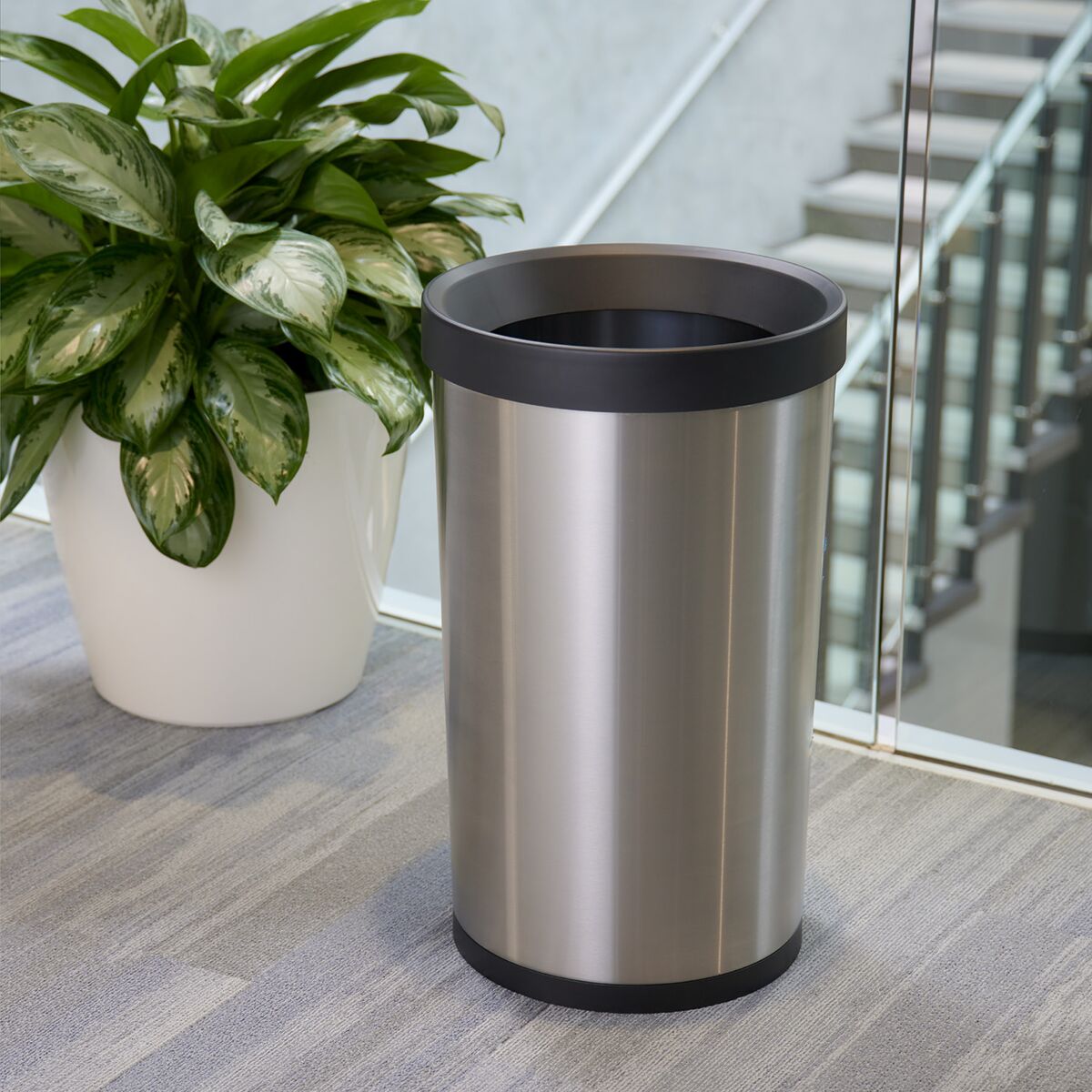
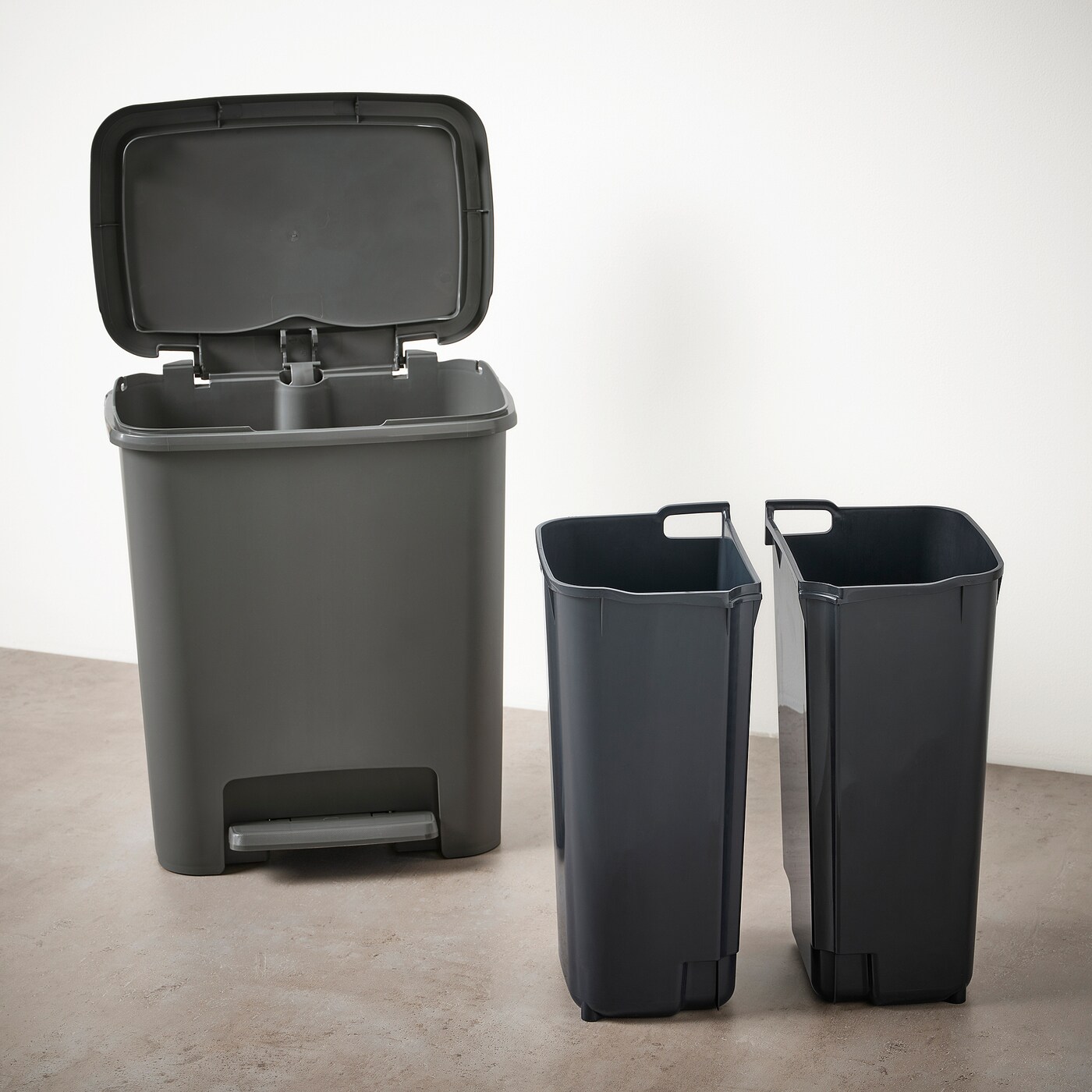
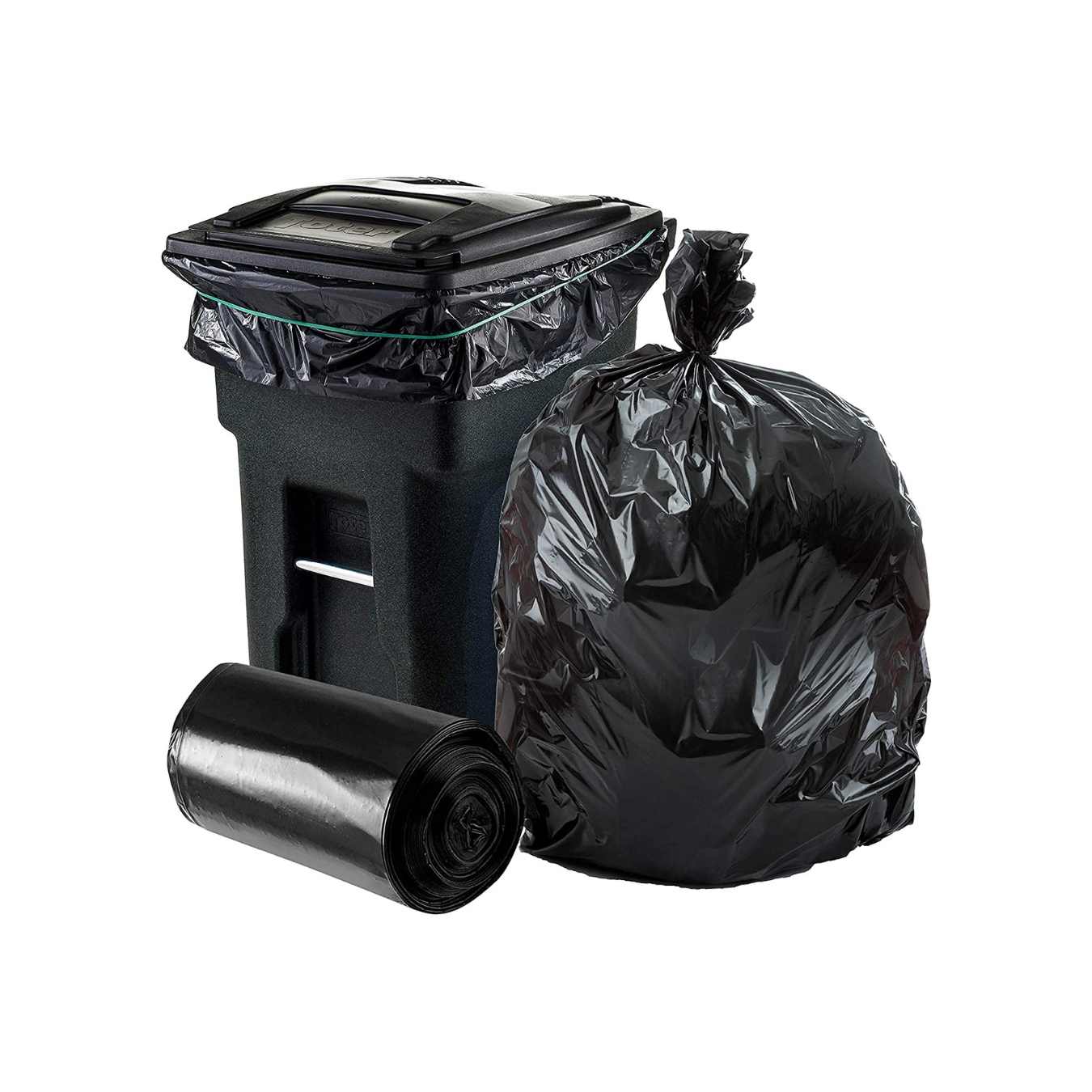
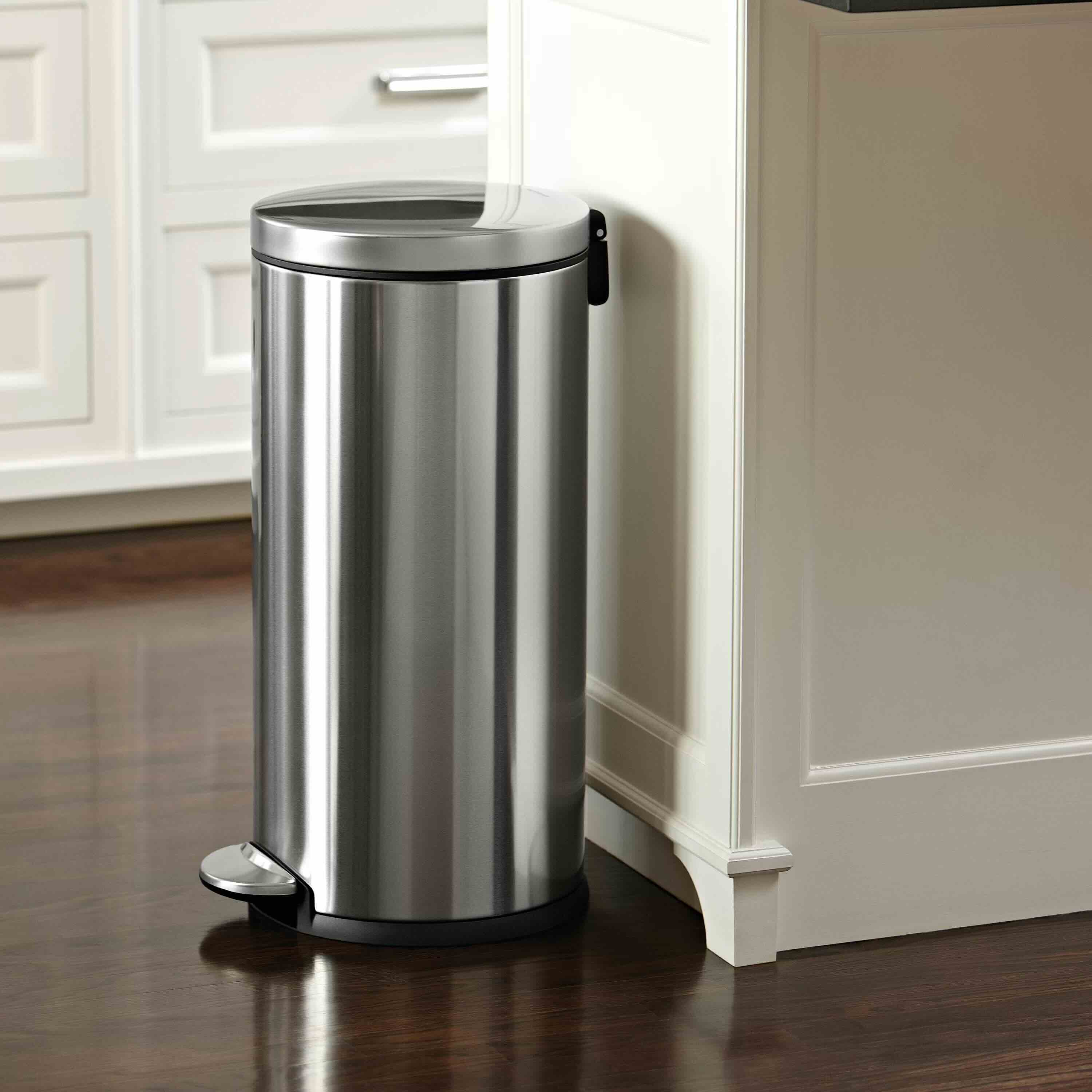
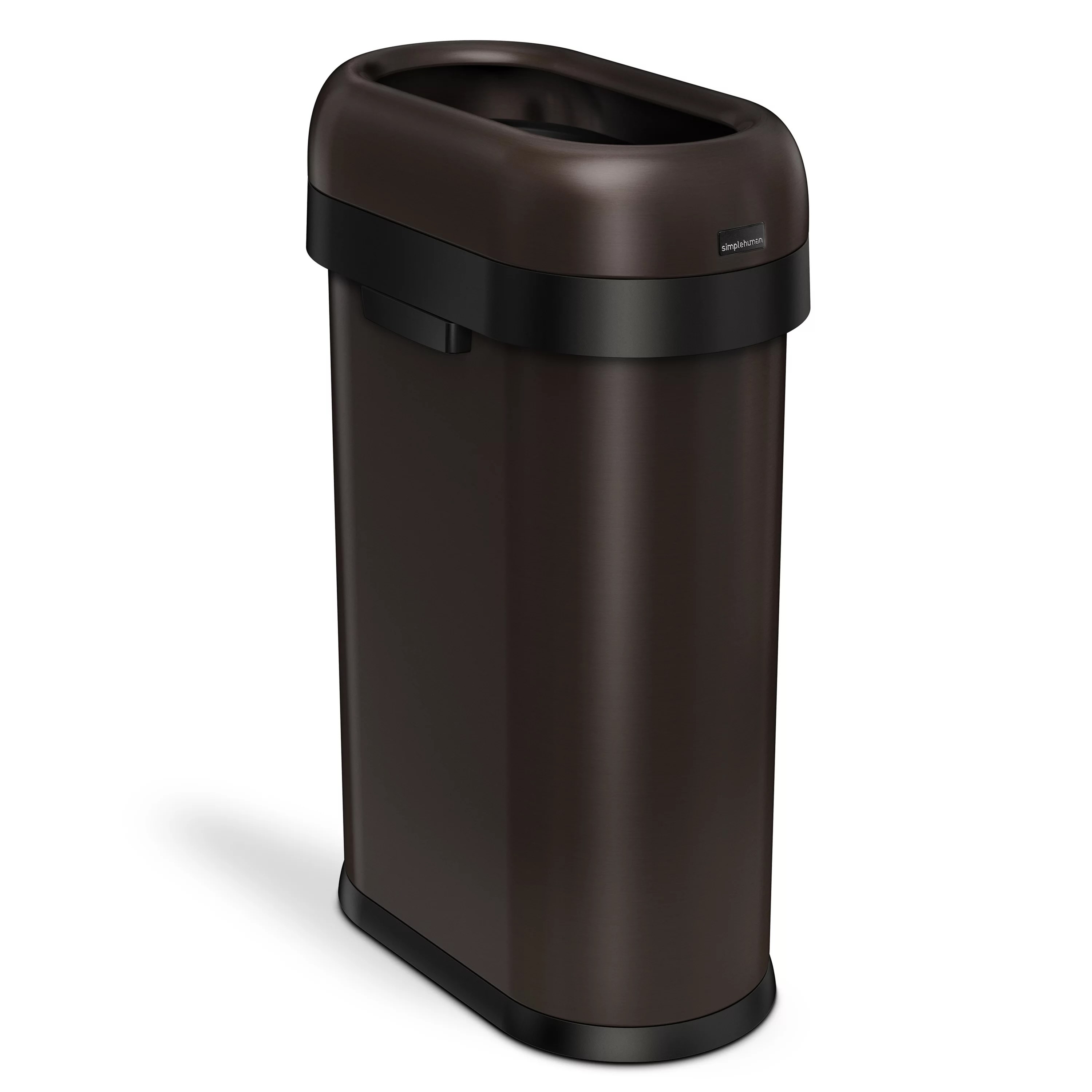

0 thoughts on “How Big Is A 96 Gallon Trash Can”